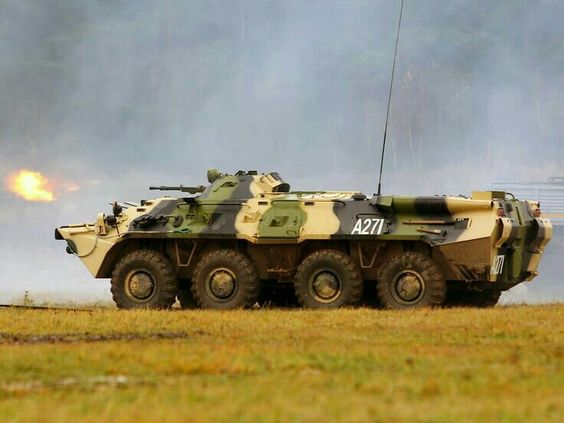Armored personnel carriers (APCs) played an important part in military thinking during the Cold War. Despite the growth of heavy weapons and advanced technology, infantry remained the backbone of any army. Among the most common APCs of the Cold War were the Soviet BTR series of vehicles.
The Need for Mass Movement
For the Soviet Union, infantry transport was critically important. The USSR relied upon massive manpower and overwhelming numbers as part of its military doctrine, and its commanders needed troops to be mobile. APCs were crucial as a way of moving troops into battle.
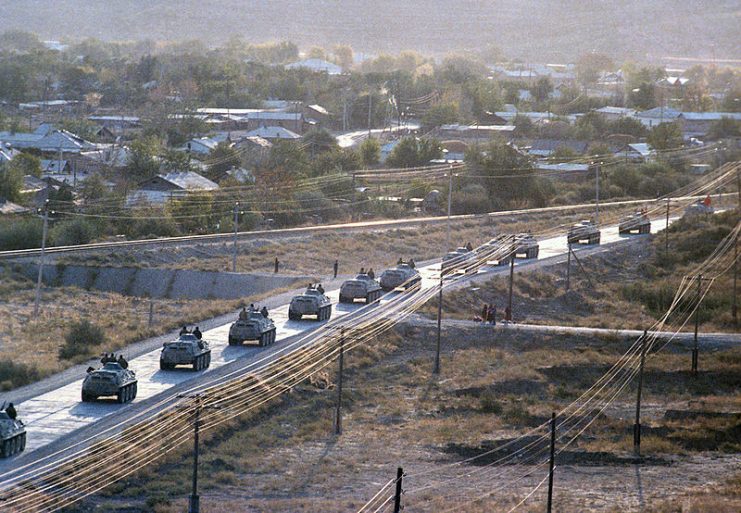
The Cheap Option
Even following the advent of tougher infantry fighting vehicles (IFVs) later in the Cold War, APCs remained crucial. Easier to produce, maintain, and train troops on, they were a cheaper alternative that fitted well with Soviet doctrine.
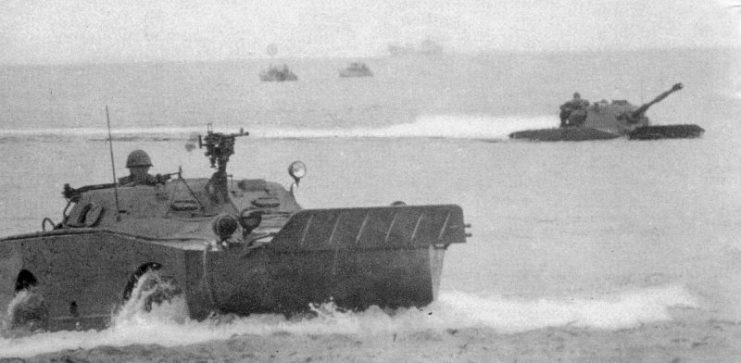
First APC
The first Soviet APC was the BTR-40, which entered military service in 1950.
Based on Lorries
The original design of the BTR-40 was based on a GAZ-63 lorry. This 4×4 truck had its chassis lengthened and a more military body built upon it to produce the APC. This was reflected in the end product, with most of the soldiers carried in an open-topped compartment in the rear.
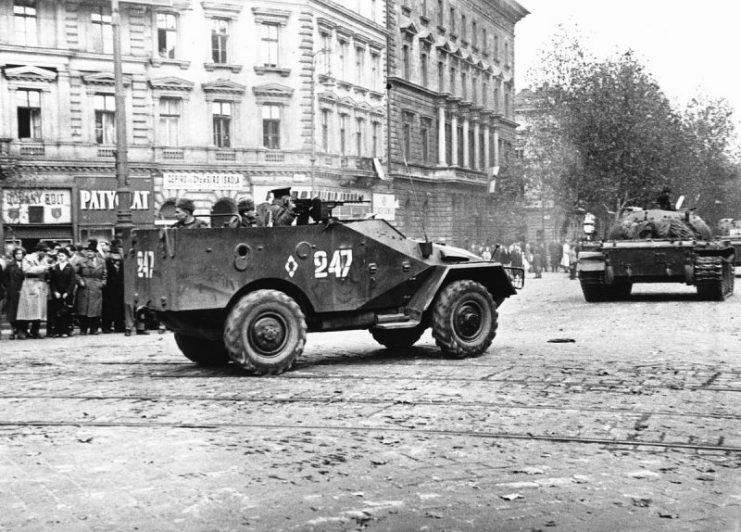
A Larger Version
A larger BTR vehicle was introduced around the same time as the BTR-40. This was the BTR-152.
Based on the chassis of a ZIL 6×6 lorry, the BT-152 could carry 17 men in its troop compartment, compared with eight on the BTR-40.
Pintle Mounts
The BTR-40 set the standard for how the BTR series would be armed. It carried three pintle mounts on which 7.62mm SGMB machine guns could be fitted. This became a common feature of APCs, with infantrymen having to emerge from the cover of the vehicle to fire the main weapons. Later versions sometimes carried heavier weapons on their pintles.
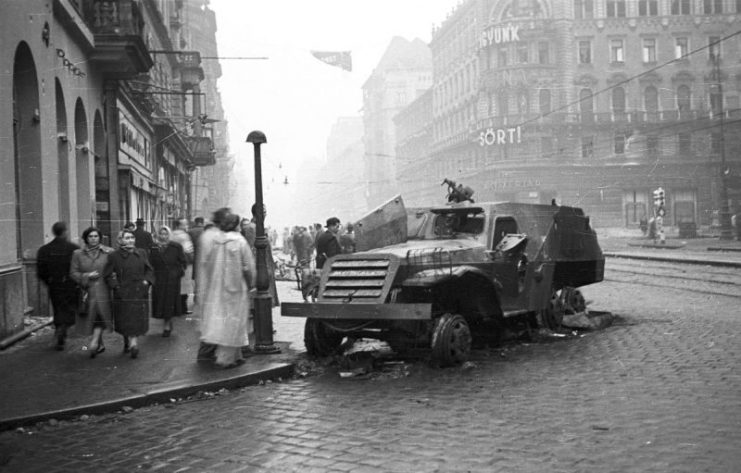
Firing Ports
The original BTR-40 didn’t have any way for troops to fire out without exposing themselves to the enemy. This was rectified in the BTR-152, later BTR-40s, and subsequent vehicles through the addition of firing ports in the sides and rear. These let soldiers use their small arms against the enemy while staying protected by the vehicle’s armored sides.
Gun Turrets
Some BTR APCs were fitted with turrets, providing gunners with the protection the pintle mounts lacked. This came at a cost in troop capacity. For example, the BTR-60PA1 had a turret that carried a pair of machine guns and which reduced its transport capacity from 16 to 14 soldiers.
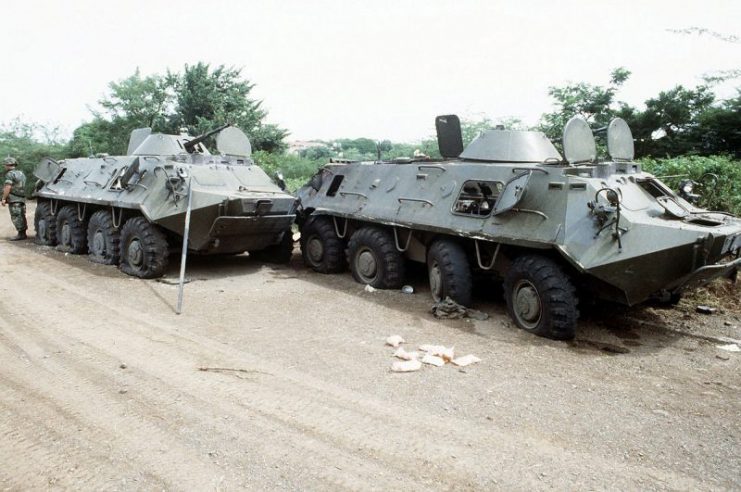
Adding Armor
As the years passed, BTR vehicles were given better armor. The most obvious example was the addition of an armored roof to the troop compartment, in place of the open roof and canvas cover of the original BTR-40, which left the inhabitants exposed to fire from above. One of the first variants to have this improvement was the BTR-40B, introduced in 1957.
Welded Construction
The Soviets had learned early in World War Two that welded bodies made for tougher vehicles than riveting. Their APCs were therefore predominantly welded, the BTR-50P, for example, having an all-welded body.
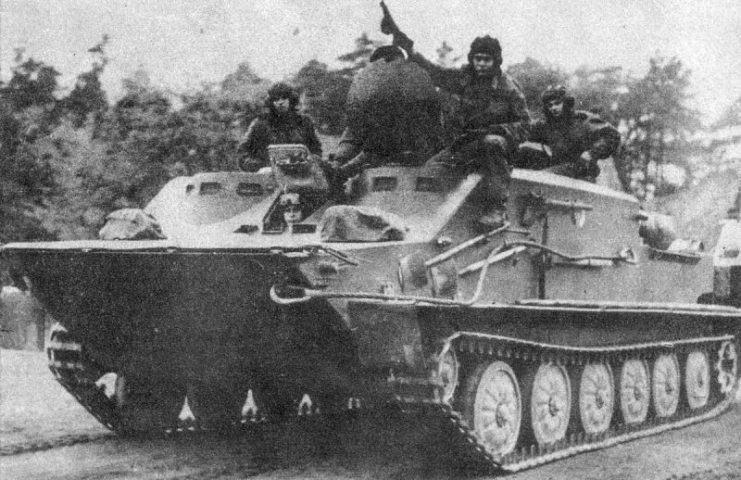
NBC Protection
As the Cold War progressed, the threat of non-conventional weapons grew and the technology to protect soldiers from them improved. From the 1960s, BTRs were fitted with nuclear, biological, and chemical weapons protection (NBC).
Improved Engines
Like their armor and weapons, the engines of the BTRs improved over the course of their evolution. The BTR-80, which entered production in the mid-1980s, had a V8 diesel engine in place of the previous twin petrol engines. This gave the vehicle better range, speed, and survivability.
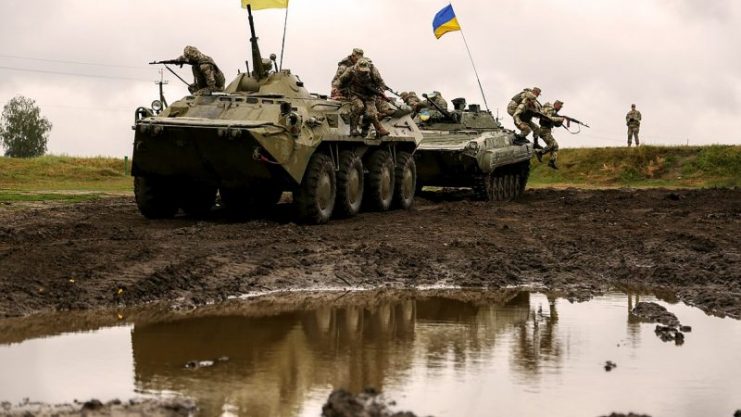
A Tank-Based Version
Appearing in 1954, the BTR-50P was based on a PT-76 light tank instead of a lorry. This made it more suitable for use alongside tank divisions, for which it was the standard APC until replaced by IFVs.
Tire Regulation
Starting with the BTR-40V in 1956, many BTR series APCs had a central system to regulate tire pressure. This improved the vehicles’ mobility off-road.
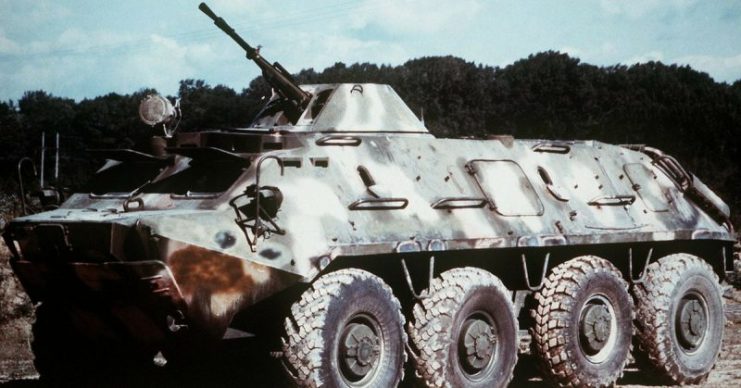
Running on Rails
First brought into service in 1969, the BTR-40zhd had an unusual adaptation. As well as a set of conventional wheels, it had extra railway wheels that could be lowered to let it run on train lines.
Some Swimmers
During the Cold War, a growing number of military vehicles were made amphibious, so that they could be used in coastal landings and river crossings. The BTR-50P was the first Soviet APC to have this capacity, being propelled through the water by jets. Some of the BTRs that followed, such as the BTR-70, mimicked this valuable feature.
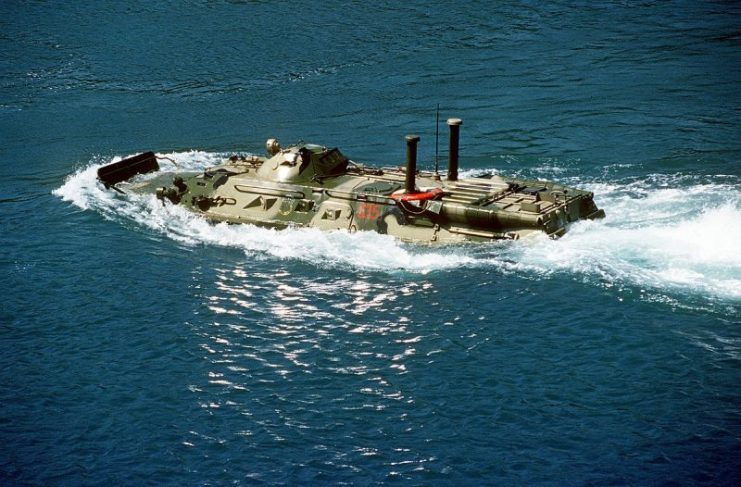
Airborne Version
A version for airborne troops, the BTR-D, entered service in 1974. Its welded aluminum hull made it lighter than steel-constructed versions, and so better suited for transportation by air.
Carrying Field Guns
A light field gun or anti-tank weapon could be brought aboard the BTR-50P via a rear ramp. Once aboard, such a weapon could be fired while the vehicle was on the move, even when in water.
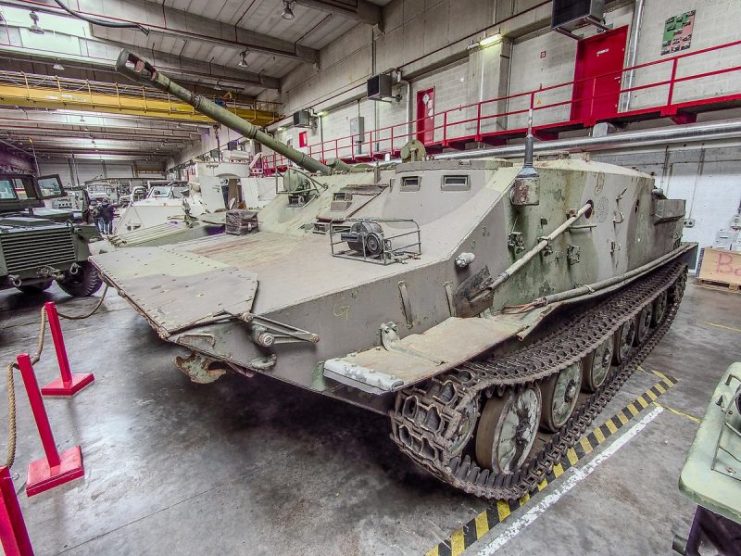
Command Variations
Command versions of BTR vehicles had a wide range of additional features, including extra windows, higher superstructure, collapsible tables, more communications equipment, and even hammocks.
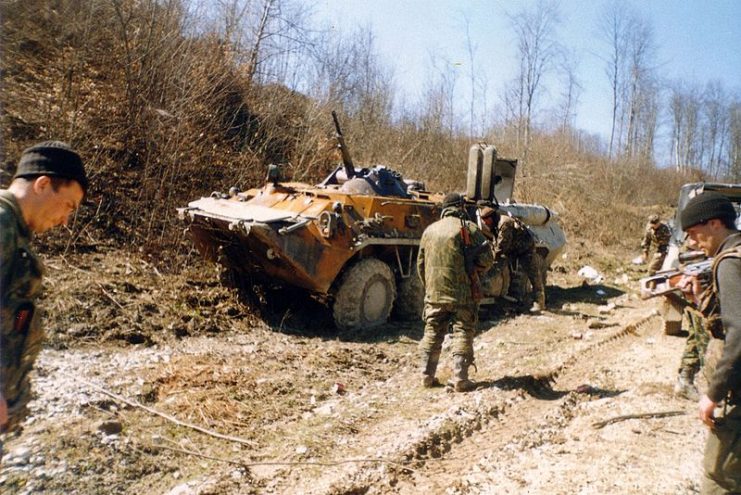
Learning from Afghanistan
Combat in Afghanistan provided experience of how these vehicles would perform in action and so allowed the designers to make practical improvements. For example, the BTR-70 developed into the BTR-70M, with a better-elevated turret, additional smoke grenade launchers, and extra firing ports.
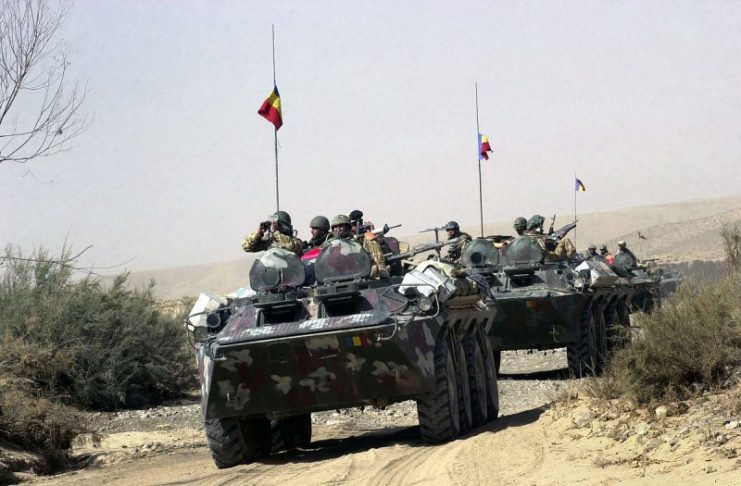
Use Outside the USSR
BTR APCs were exported to other countries in the Warsaw Pact, who developed their own variations. For example, the East Germans turned the BTR-70 into the SPW-70Ch, whose features included turret-mounted smoke grenade launchers.
